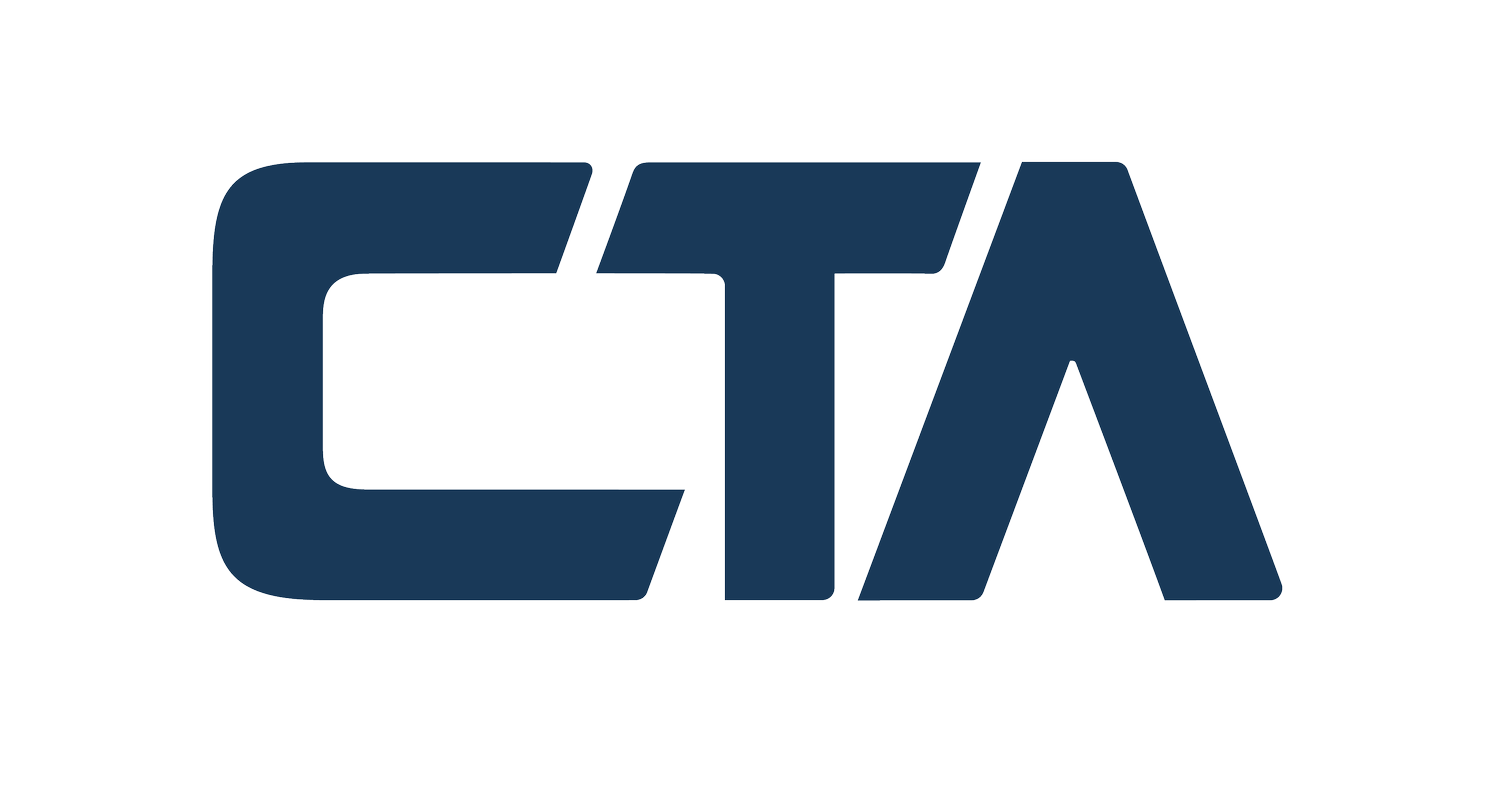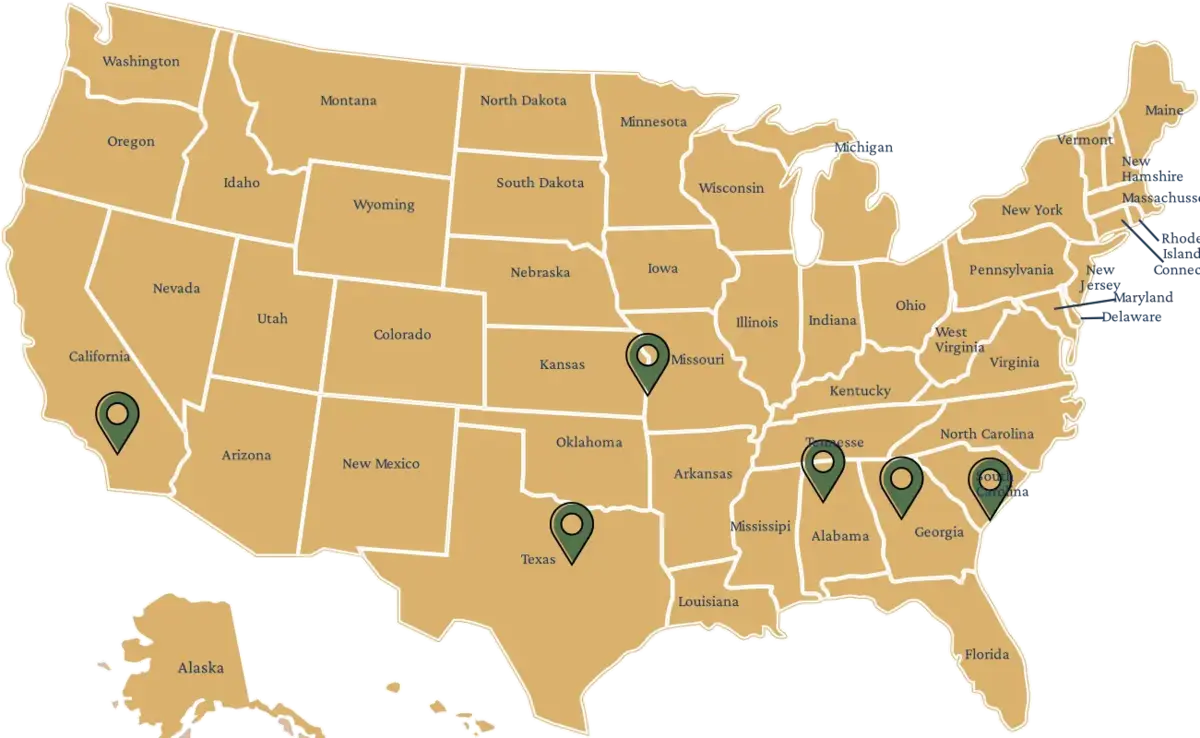In the ever-evolving world of architecture and design, the focus on sustainability and environmental responsibility has given rise to a new breed of professionals: specialty architects. These architects are not just designers of spaces but are also pioneers in integrating environmental considerations into their projects. Among the various aspects they focus on, lighting plays a crucial role, especially in the context of the 179D tax deduction in the United States. This article delves into the world of specialty architects with a focus on environmental projects and the critical role of lighting in these endeavors.
The Emergence of Specialty Architects in Environmental Projects
The 21st century has seen a significant shift in architectural priorities. Gone are the days when aesthetics and functionality were the only concerns. Today, there’s a growing demand for buildings that are not only beautiful and functional but also environmentally friendly. This demand has led to the emergence of specialty architects who focus exclusively on environmental projects. These professionals are equipped with the knowledge and skills to design buildings that minimize environmental impact while maximizing energy efficiency and sustainability.
Understanding the Role of Lighting in Environmental Architecture & 179D
One of the key elements in environmental architecture is lighting. Effective lighting design is crucial for reducing a building’s energy consumption, which is a significant component of its overall environmental footprint. Specialty architects focusing on environmental projects pay special attention to how natural and artificial lighting can be optimized to create energy-efficient and aesthetically pleasing spaces.
The Significance of 179D in Environmental Architecture
The 179D tax deduction, part of the U.S. Internal Revenue Code, plays a pivotal role in promoting energy-efficient design. This provision allows for a tax deduction for building owners who install energy-saving systems, including lighting. Specialty architects are increasingly leveraging this deduction to encourage clients to invest in sustainable lighting solutions.
How Specialty Architects Utilize Lighting in 179D Projects
Specialty architects approach lighting in 179D projects with a dual focus: compliance and innovation. They ensure that lighting designs meet the specific energy-saving requirements of 179D, which often involves the use of advanced technologies like LED lighting and intelligent lighting control systems. Additionally, these architects often push the boundaries of design, creating lighting solutions that are not only energy-efficient but also enhance the aesthetic and functional qualities of the space.
Challenges and Opportunities in Environmental Lighting Design
Designing lighting for environmental projects is not without its challenges. Specialty architects must navigate a complex landscape of building codes, environmental regulations, and client expectations. However, these challenges also present opportunities for innovation. By embracing new technologies and design approaches, architects can create lighting solutions that set new standards in sustainability and design excellence.
Conclusion
The rise of specialty architects focused on environmental projects represents a significant shift in the architectural landscape. These professionals are at the forefront of designing buildings that are not only visually stunning but also environmentally responsible. The role of lighting in these projects, especially in the context of the 179D tax deduction, is a testament to the importance of sustainable design practices in modern architecture. As we move forward, the work of these specialty architects will undoubtedly continue to shape the built environment in a way that prioritizes both aesthetic and environmental considerations.








